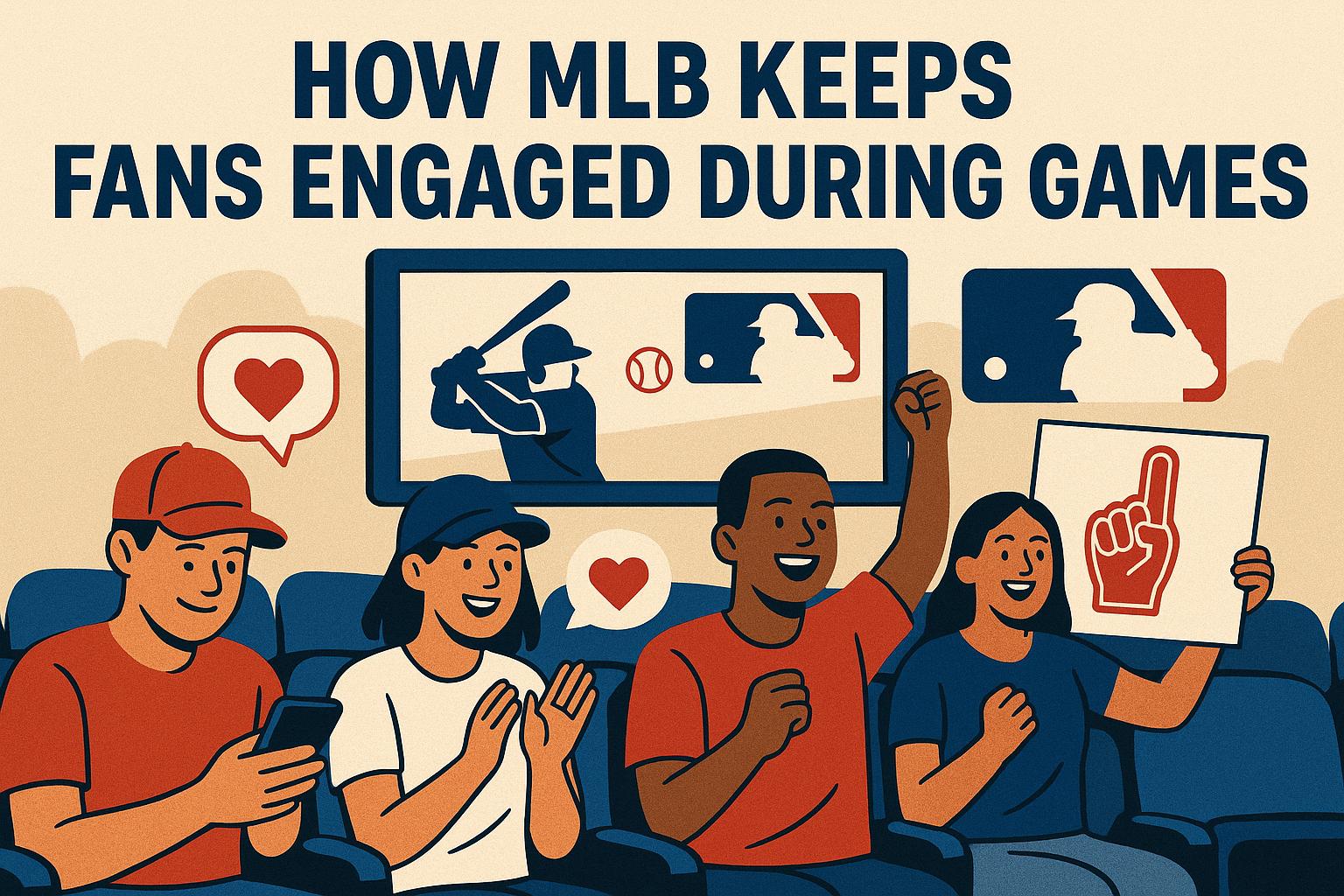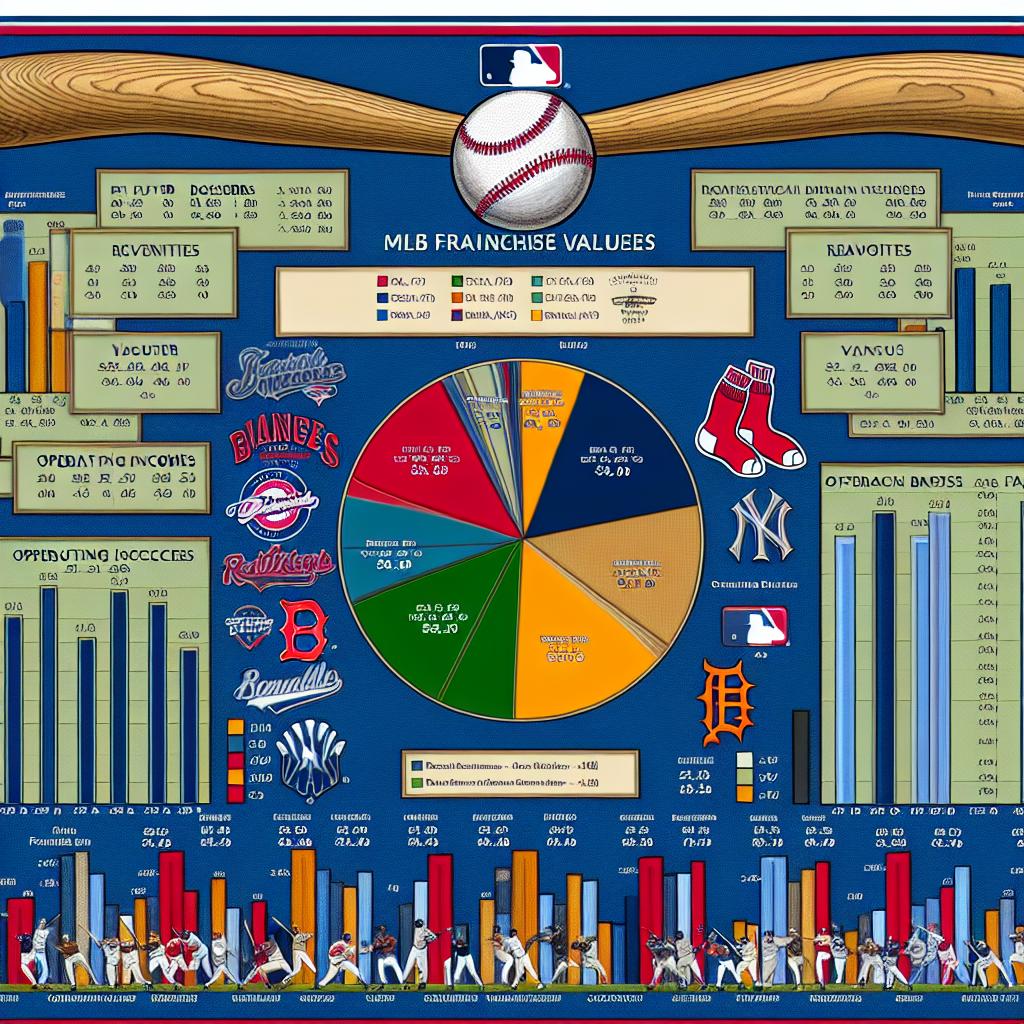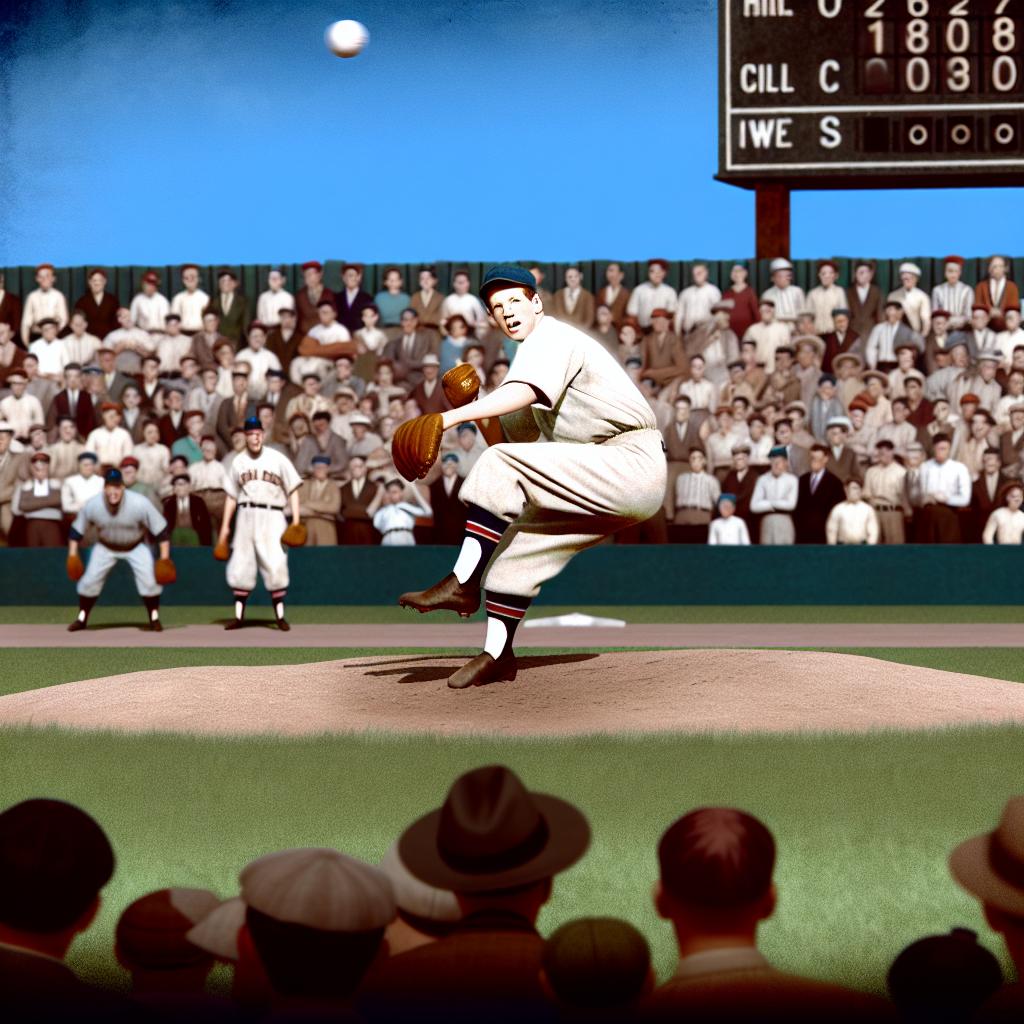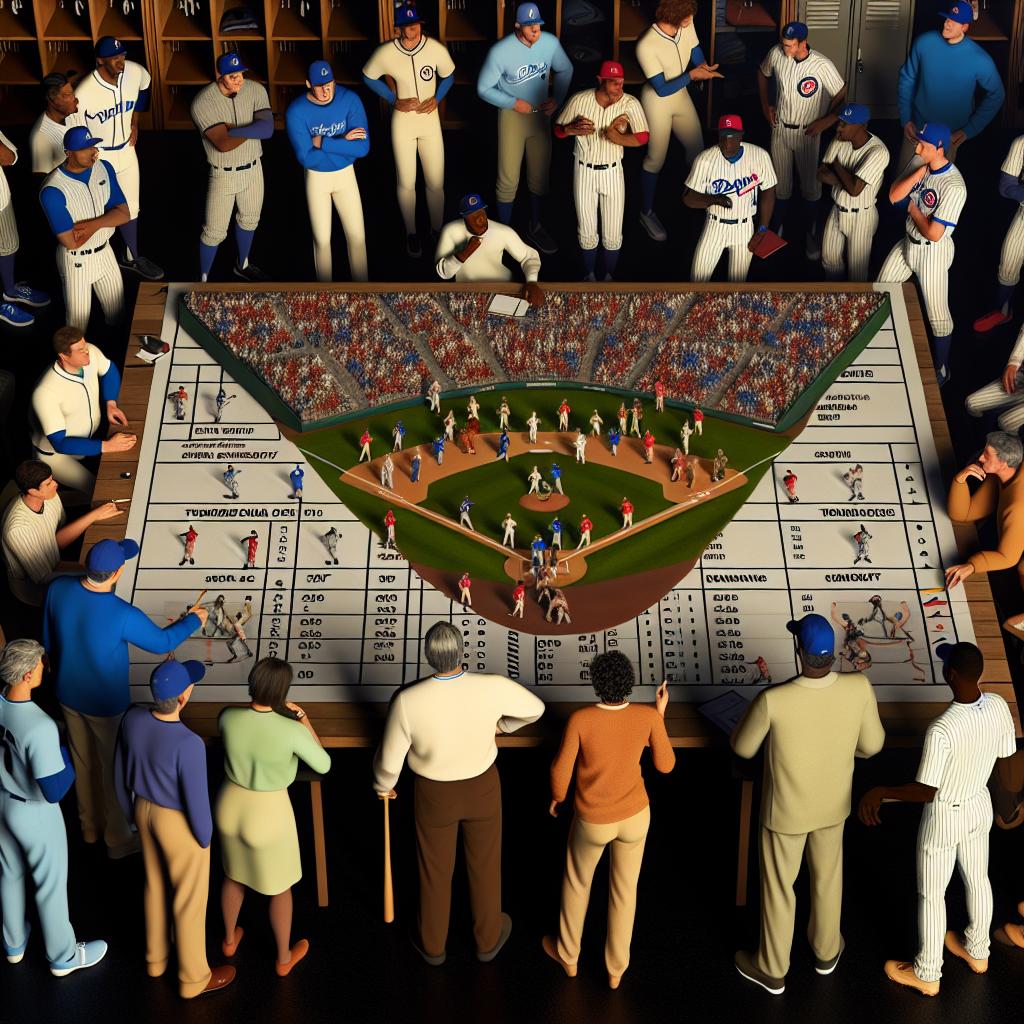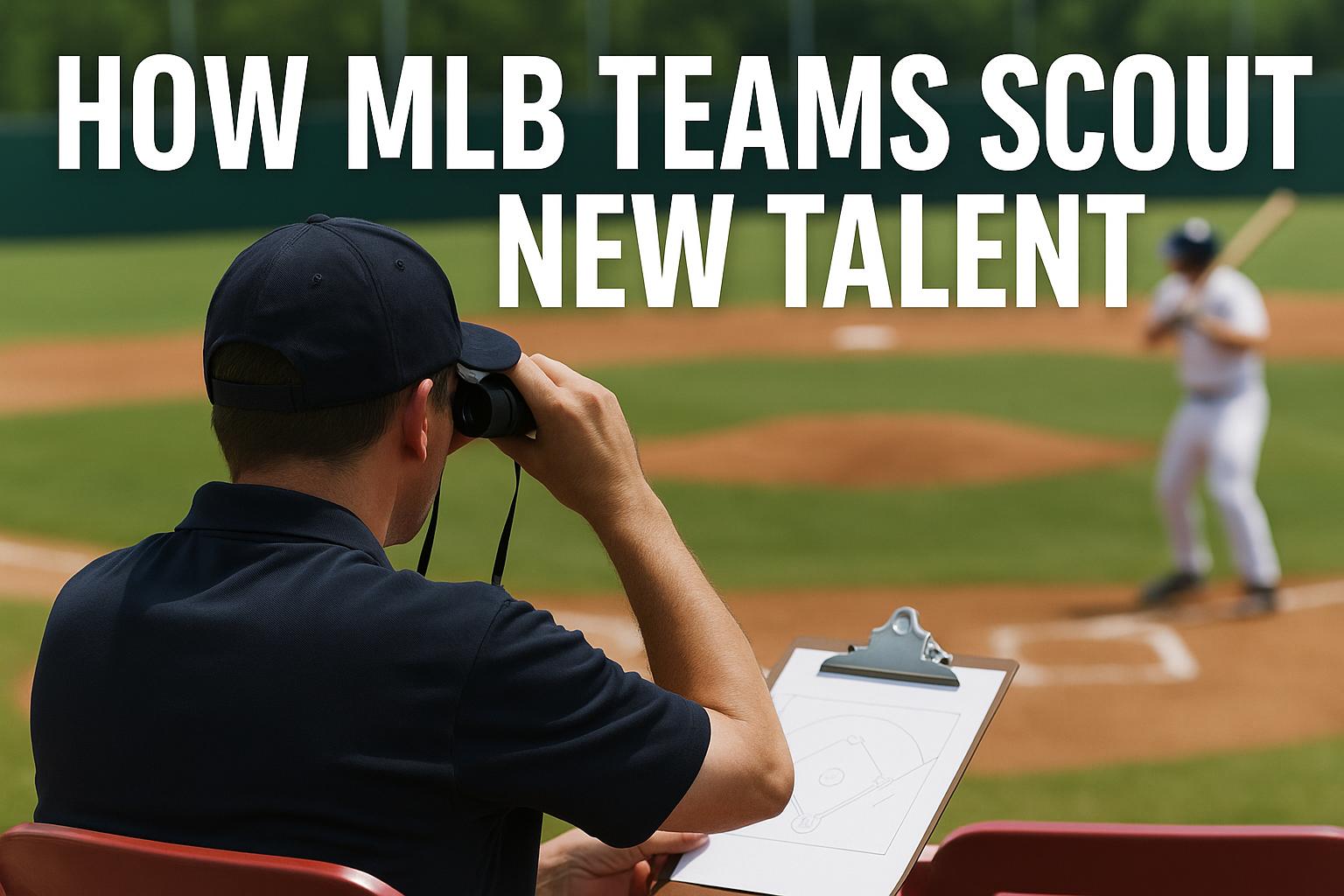In-Stadium Entertainment
Major League Baseball (MLB) employs a variety of strategies to ensure that fans remain engaged during games. One of the primary methods is through in-stadium entertainment. Many MLB stadiums incorporate large video boards that display player statistics, highlight reels, and quirky fan interactions. Teams often feature between-inning entertainment such as mascot races, t-shirt tosses, and live music performances, enhancing the overall experience for attendees. This combination of visual and interactive elements keeps spectators entertained and adds to the game’s atmosphere.
The video boards are particularly significant in modern MLB stadiums. They serve not only as a means to relay vital game information but also as a source of continuous entertainment. These screens showcase instant replays and player interviews, allowing fans to experience a deeper connection with the game in real-time. By integrating player statistics and other data, spectators gain a richer understanding of the on-field action, no matter where they’re seated in the stadium.
Interactive Experiences
Interactive experiences have become a crucial aspect of fan engagement. MLB stadiums frequently offer activities that allow fans to participate in the action. This includes areas like batting cages and pitching challenges, where fans can test their skills. Additionally, some stadiums have implemented augmented reality (AR) apps that provide engaging features such as player-related trivia or interactive maps of the stadium.
These interactive zones are designed to appeal to fans of all ages. For younger fans, they offer an opportunity to immerse themselves in the sports experience, helping them to develop a lifelong interest in baseball. For older fans, these activities might rekindle past memories and offer a hands-on way to engage with the sport they love.
Fan Loyalty Programs
Many teams have developed fan loyalty programs to further engage their audience. These programs often include rewards for attending games, purchasing merchandise, or following the team on various digital platforms. By offering exclusive merchandise, discounts, or the chance to meet players, these programs help foster a deeper connection between the fan and the team.
These loyalty initiatives are crafted to reward fans for their dedication and encourage continued support. In a way, they create a sense of community among fans, as they are part of an exclusive group with access to unique experiences. Moreover, loyalty programs often integrate technology, allowing participants to track their status and rewards through apps or online portals.
Use of Technology
Technology plays a significant role in enhancing the fan experience. MLB Advanced Media has developed the MLB At Bat app, which provides fans with live game updates, personalized news feeds, and access to radio broadcasts. The MLB app allows users to watch games live, view highlights and access exclusive content, ensuring that fans can stay connected wherever they are.
This application has revolutionized how fans interact with the game, granting access to information and content that once required being present at the stadium. With its comprehensive features, fans are able to enjoy a game on multiple devices, making the baseball experience highly accessible. These technological advancements ensure that fans can adjust to their lifestyles – whether they’re at home, commuting, or even traveling internationally.
Moreover, technology in stadiums extends to improving logistical and safety aspects. Advanced ticketing systems reduce wait times, and mobile payment options have made transactions more convenient. Stadiums have also introduced Wi-Fi access, enabling fans to remain connected and share their live experiences on social media.
Social Media Engagement
MLB teams utilize social media platforms to maintain fan engagement beyond the stadium. Teams regularly post updates, behind-the-scenes content, and live-stream events, creating a continuous stream of interaction with their fan base. During games, teams often host live social media polls or contests, encouraging fans to participate and share their experiences online.
Social media acts as the bridge between the physical presence in the stadium and the digital presence across the world. It provides a direct channel for fans to express their views, share content, and connect with both their favorite players and fellow fans. These platforms are also valuable for fans to receive real-time updates and breaking news about their teams. Fans can view highlight clips or be part of virtual events that might not be possible to attend physically.
MLB organizations also leverage social media to conduct fan feedback surveys, giving fans a voice in improving the overall baseball experience. This continuous cycle of interaction and feedback ensures the MLB ecosystem remains fan-centric, responding to the changing expectations of its audience. Social media helps cultivate a vibrant, engaged community where the fan experience is significantly enhanced through digital interaction.
In conclusion, MLB’s commitment to fan engagement through various strategies reflects a dynamic understanding of audience needs. From in-stadium entertainment to engaging digital platforms, these strategies not only intensify the live sports experience but also create a more inclusive and broad-reaching community. With technological integrations and innovative fan programs, the future of baseball promises an even richer experience for its diverse fan base, ensuring lasting connections and a passionate following for generations to come.

